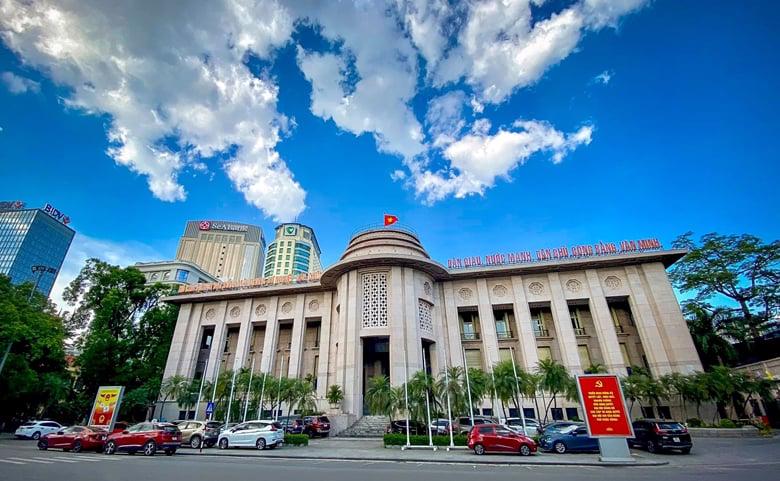Vietnam's government has announced a decision to ease its banking regulations, aimed at simplifying procedures and streamlining business activities within the financial sector.
Deputy Prime Minister Tran Luu Quang on May 7 signed Decision No. 381/QD-TTg, which targets 12 administrative procedures across four key areas of the banking industry.
Key Changes: Shareholder Rights and Flexibility
Most notably, the reforms eliminate approval requirements for major shareholders of commercial banks when buying, selling, or transferring shares.
This change saves time and money for investors, aligning with the revised Law on Credit Institutions in 2024 which already removed the previous need for State Bank of Vietnam clearance on these transactions.
The decision further removes similar approval processes for major shareholders of non-bank credit institutions. Regulatory streamlining appears to be the driving factor behind these measures, fostering a business environment with less bureaucratic friction.
Elimination of Outdated Procedures
The reforms also abolish several outdated administrative procedures. The government believes these procedures no longer align with the goals of the sector or the nation's broader economic aims.
For instance, the process of converting the Central People's Credit Fund into a cooperative bank and subsequent licensing of new cooperative banks has been scrapped. This is because the sole existing cooperative bank was created from the Central People's Credit Fund and already serves the system's needs.
In a move designed to ease foreign investment flows, Vietnam is also removing registration requirements for stock award programs issued abroad when employees with Vietnamese nationality are participants.
This change further aligns with a broader government strategy, outlined in Decision No. 1590/QD-TTg of 2016, seeking to liberalize capital transactions within Vietnam.
The government's move is intended to bolster the competitiveness of Vietnam's banking sector on the regional and global stage. By removing layers of bureaucracy, officials hope to make it easier for banks and financial institutions to operate, innovate, and attract investment.









 Google translate
Google translate